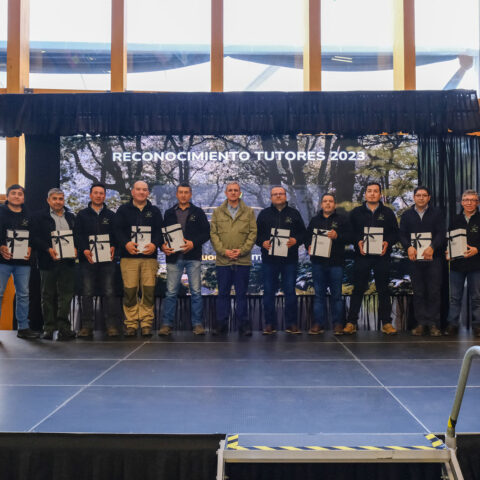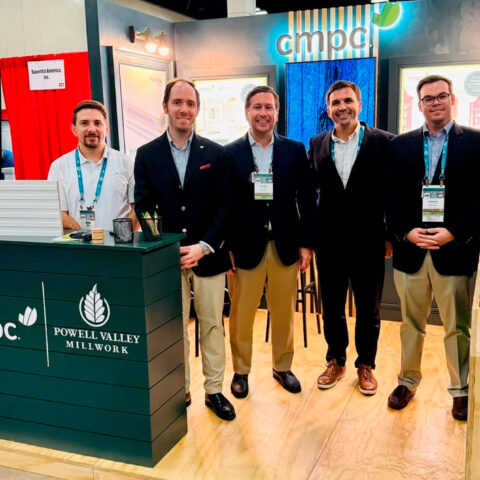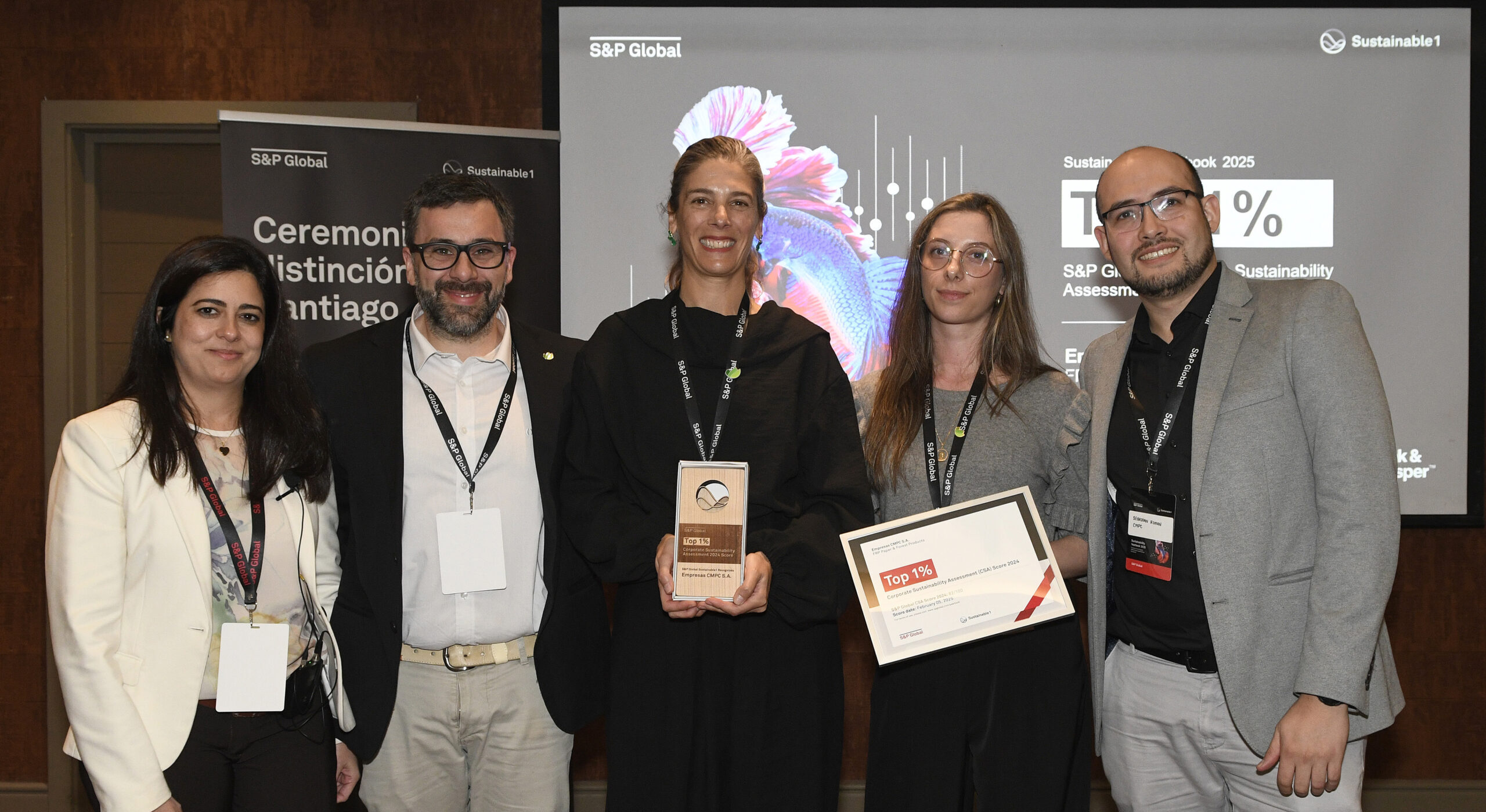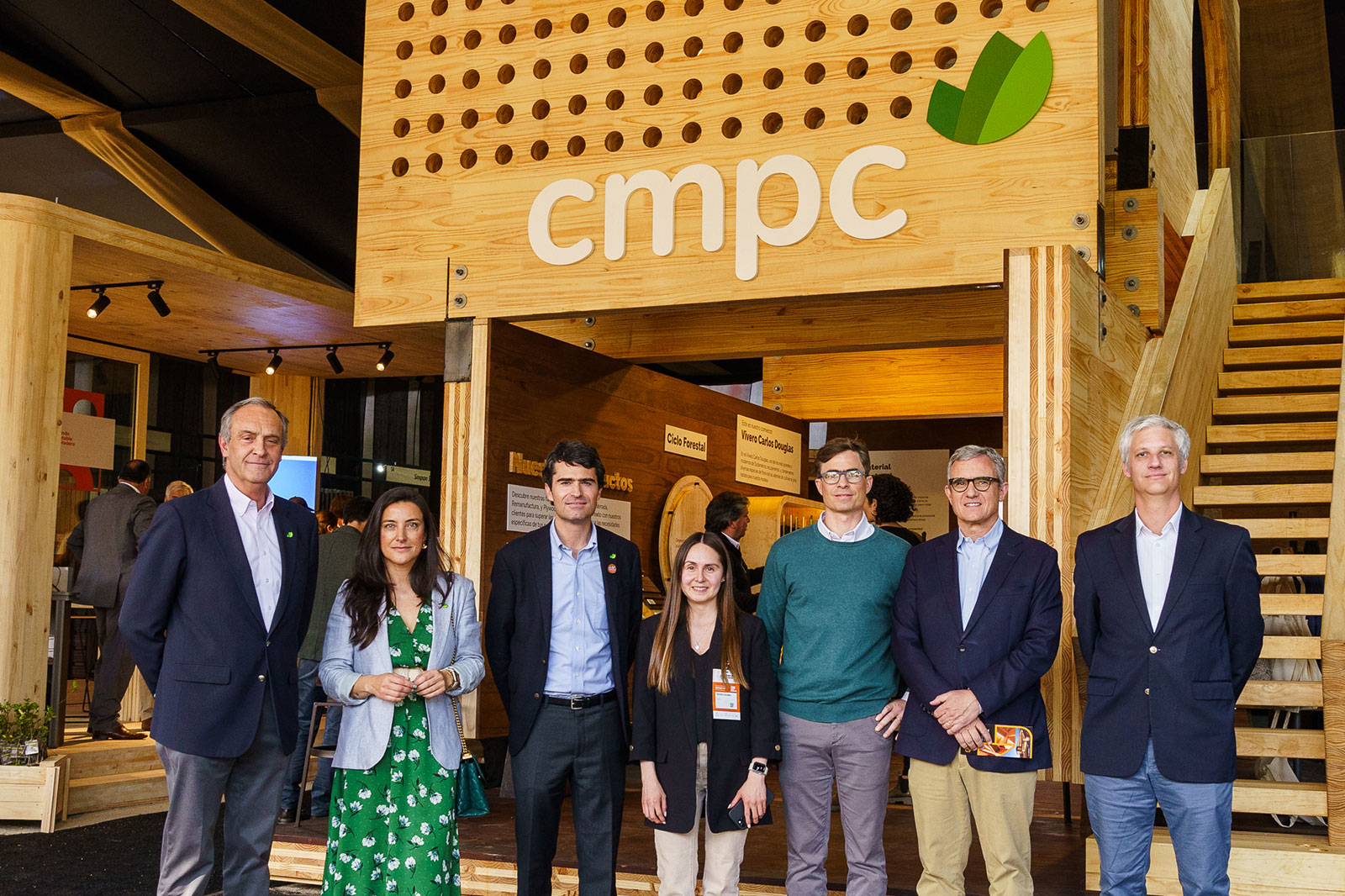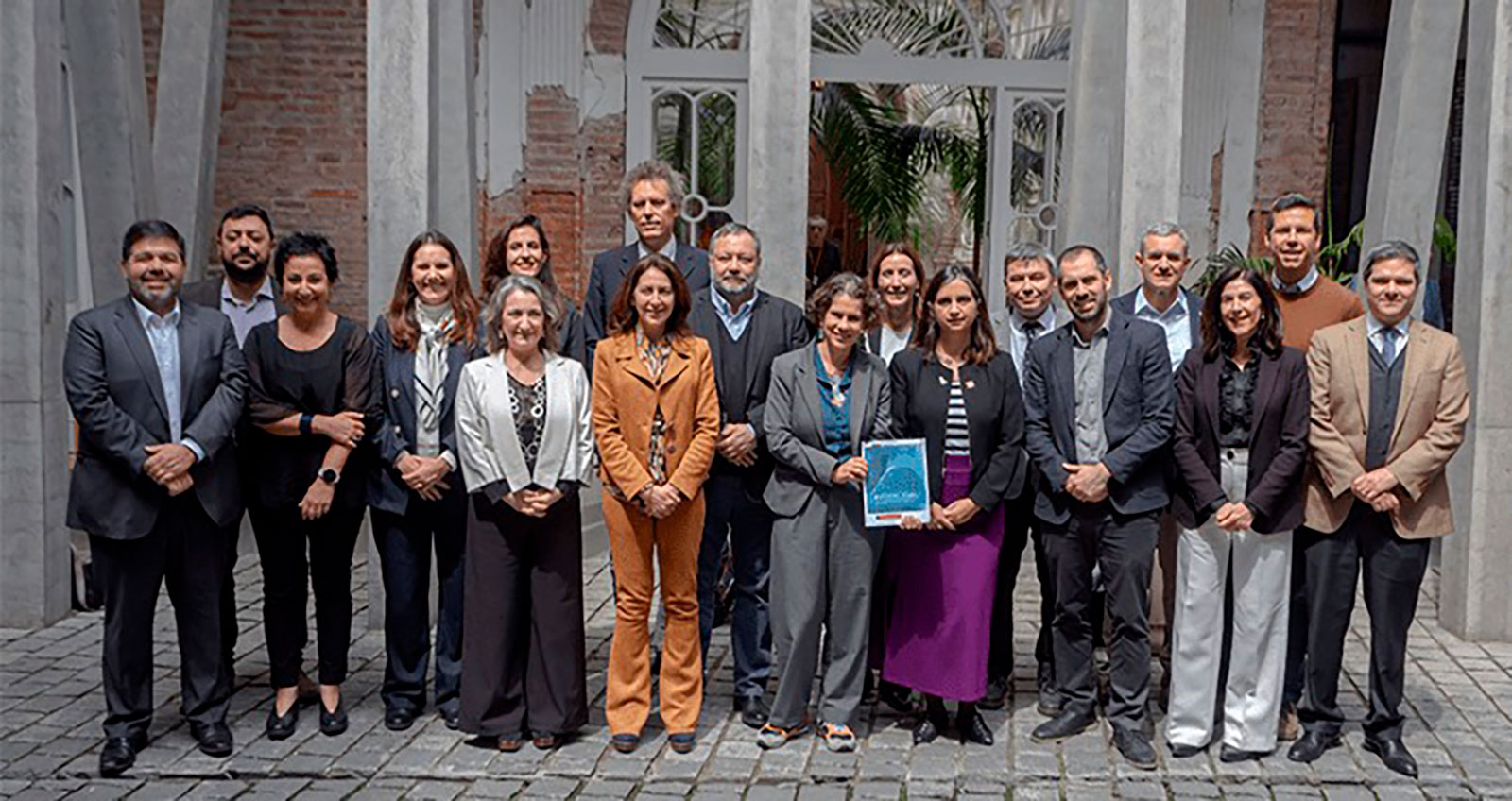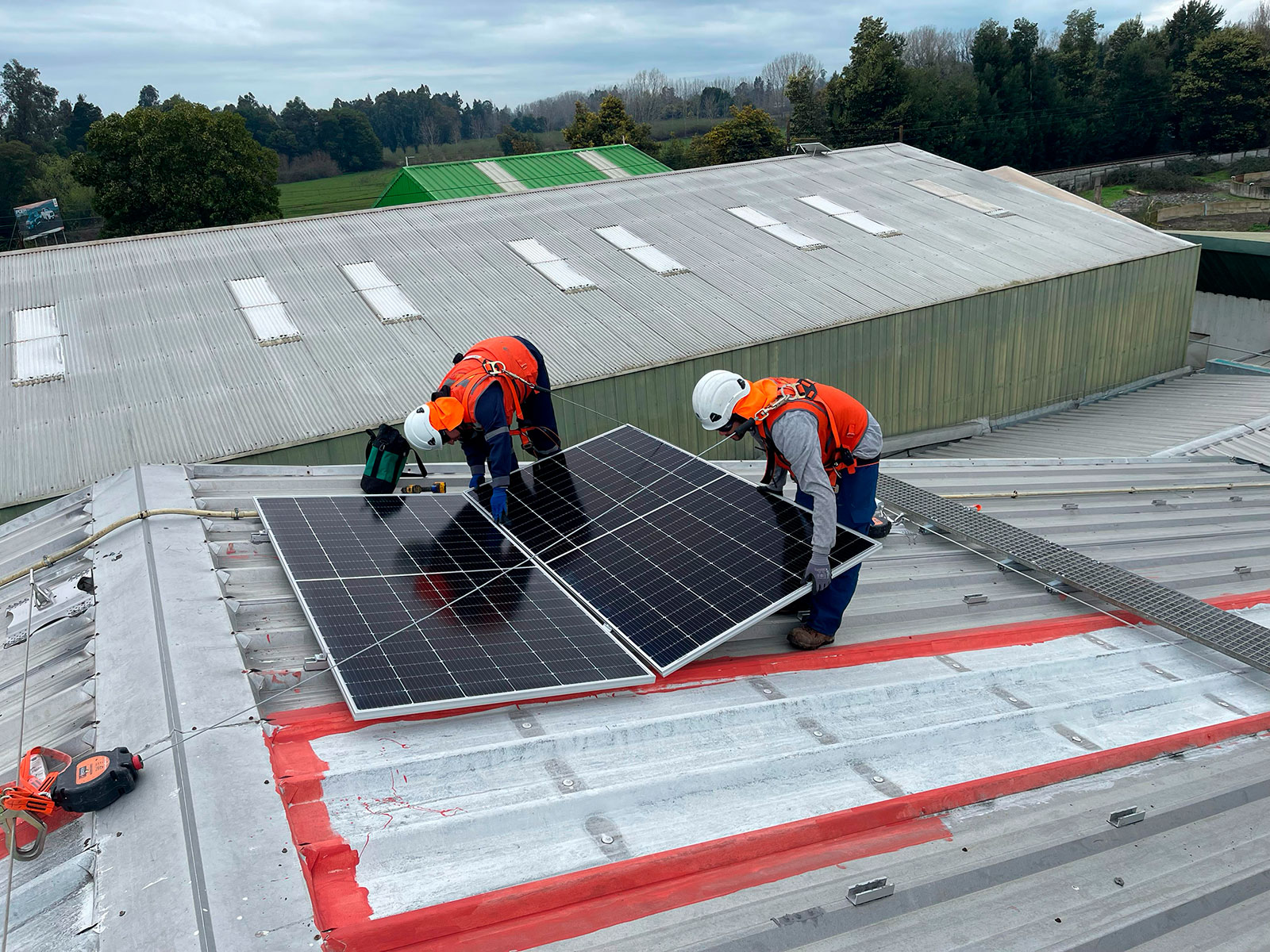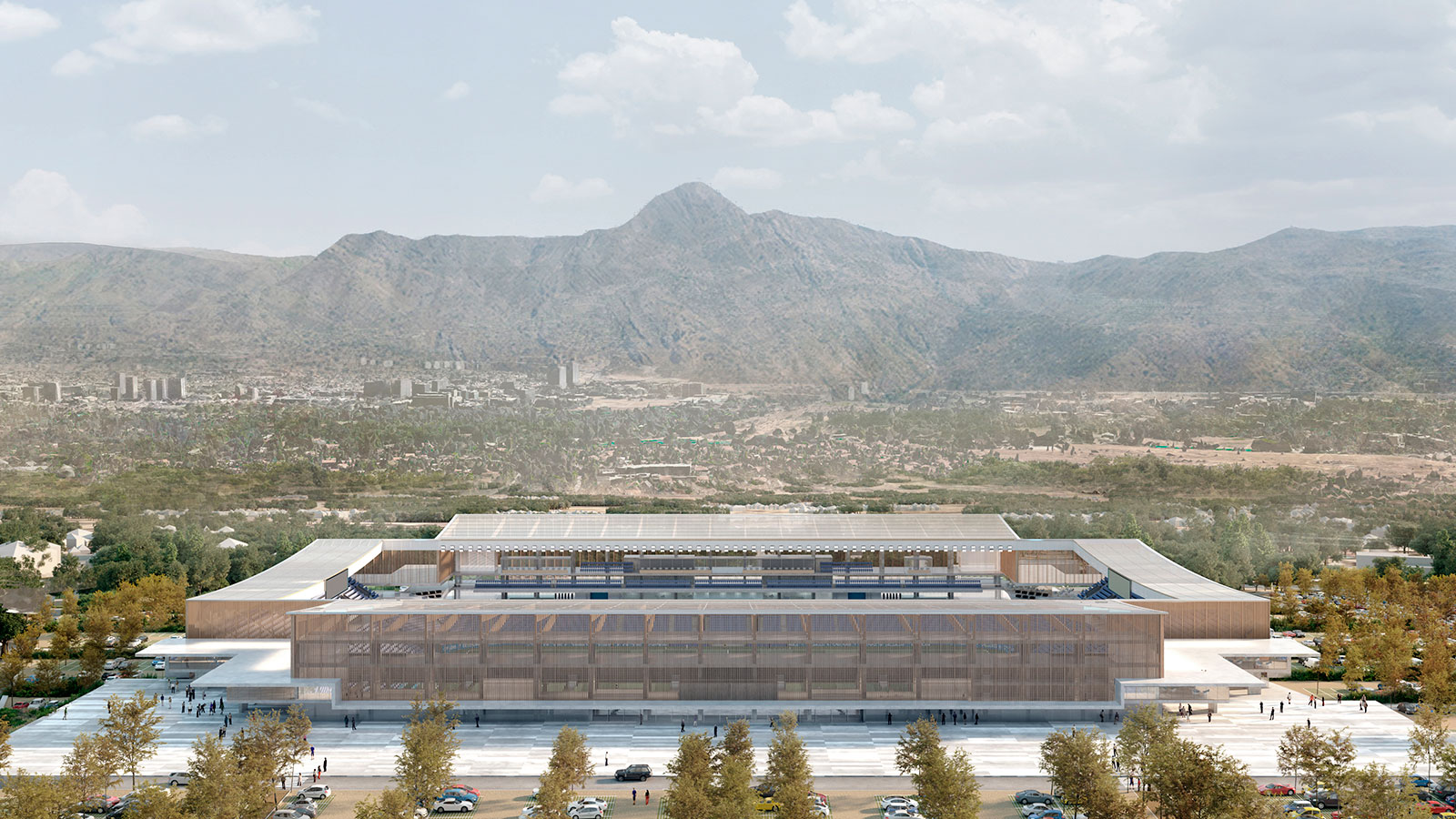
CMPC and Cruzados Alliance: Chile’s first sustainable stadium is here
03 de May, 2023
With the capacity to host 20,000 people, the new stadium of the Universidad Católica in Santiago de Chile will have timber as its main construction material. This is thanks to Niuform, a paper company specializing in buildings made from it. This positions the venue as one of the most ambitious projects of its kind in Latin America.
August 20, 2022 was the last day that the Universidad Católica stadium opened its doors to the public. At that time the venue began a reconstruction process to expand its capacity to 20,000 people. Through an alliance between Cruzados and CMPC, the new multi-purpose stadium will be sustainably built and seeks to be one of the most modern and innovative in Chile and Latin America through the prominent role of timber in its construction.
“This alliance with CMPC makes us proud as we advance toward our dream of a new stadium while working along with a company of international prestige, which will use timber to contribute to a facility with a modern design that is harmonious with its surroundings. Above all, it will be environmentally friendly based on the highest sustainability standards. This is, without a doubt, news that should make every Cruzado [Crusader] very happy. All that remains for me to do at this point is to officially welcome CMPC to our Crusaders’ dream,” said Cruzados Chairman Juan Tagle.
Together with Niuform, a CMPC company specialized in timber construction, the project envisages the use of more than 1,600 m3 of this material with architectural elements up to 27 meters long, making it as one of the most ambitious initiatives not only in Chile, but throughout Latin America. Thirty percent of the facility’s façade will be made of this component and the stadium’s roof will be supported by structural beams made from it.
CMPC Chairman Luis Felipe Gazitúa said, “We’re all aware of the climate crisis facing our world. The largest nations have set decarbonization as a priority, and timber is a key element for this goal. Not only is it non-polluting and consumes less energy than other materials, it also captures CO2 throughout its life cycle. Thanks to the joint work of CMPC and Cruzados, this project is putting the new San Carlos de Apoquindo area? at the forefront of Latin America. It is following in the footsteps of other countries that also understand that the construction of the future will be done with timber in a central role”.
The construction will use Glulam (Glued Laminated Timber), a new material that has revolutionized the world of construction because it is carbon negative and comes from forests managed sustainably by CMPC. This product emits three times less CO2 than the equivalent reinforced concrete construction.
Sustainable construction
Timber is the only renewable building material available on a large scale. Among its many benefits, using timber will help reduce the project’s carbon footprint. For every cubic meter of cement that is replaced by one cubic meter of timber, about one ton of CO2 emissions are prevented.
Thus, this material will make the new stadium sustainable, since it is estimated that the 1,600 m3 of Glulam to be used will capture about 1,500 tons of CO2, equivalent to the electricity use of 300 homes per year or 4,100 barrels of oil.
This material is very efficient in its strength-to-weight ratio and doesn’t generate any waste on site, which is key considering that 34% of solid waste in Chile comes from the construction industry. It is also up to five times lighter than concrete, greatly aiding in construction. In addition, it has both psychological and physiological benefits for people.
This material will make the stadium thermally efficient, as it isolates heat up to six times more than brick and 15 times more than concrete. Noise and light pollution will go down, since seven centimeters of timber can isolate the equivalent of one meter of concrete. The beams will have a layer of varnish to slow the spread of fire should one break out. Furthermore, the timber can protect the structural properties by forming a layer of coal on its surface.
The alliance also includes the contribution of 3,200 native trees for landscaping around the facility, which will offset emissions from the rest of the construction and contribute to enriching the local environment. It will also help with pollination due to its low water consumption, generating a sustainable balance in the construction sector.

